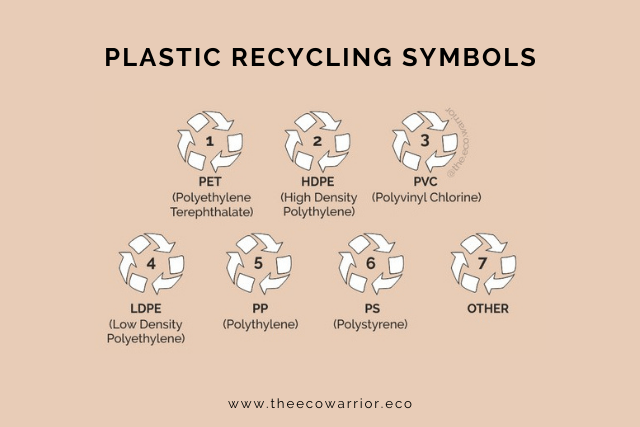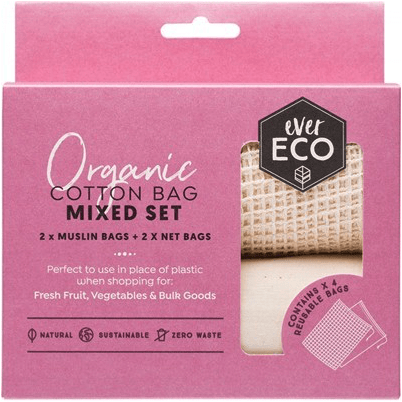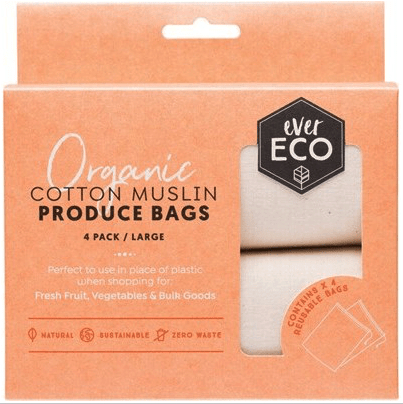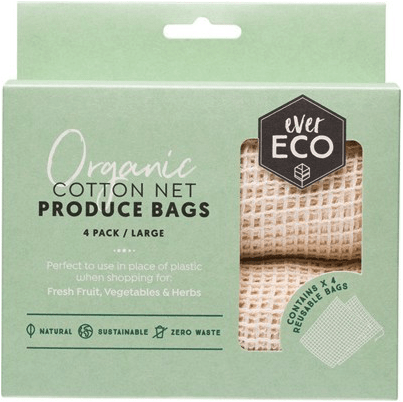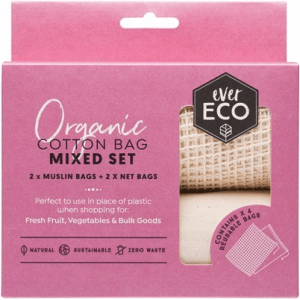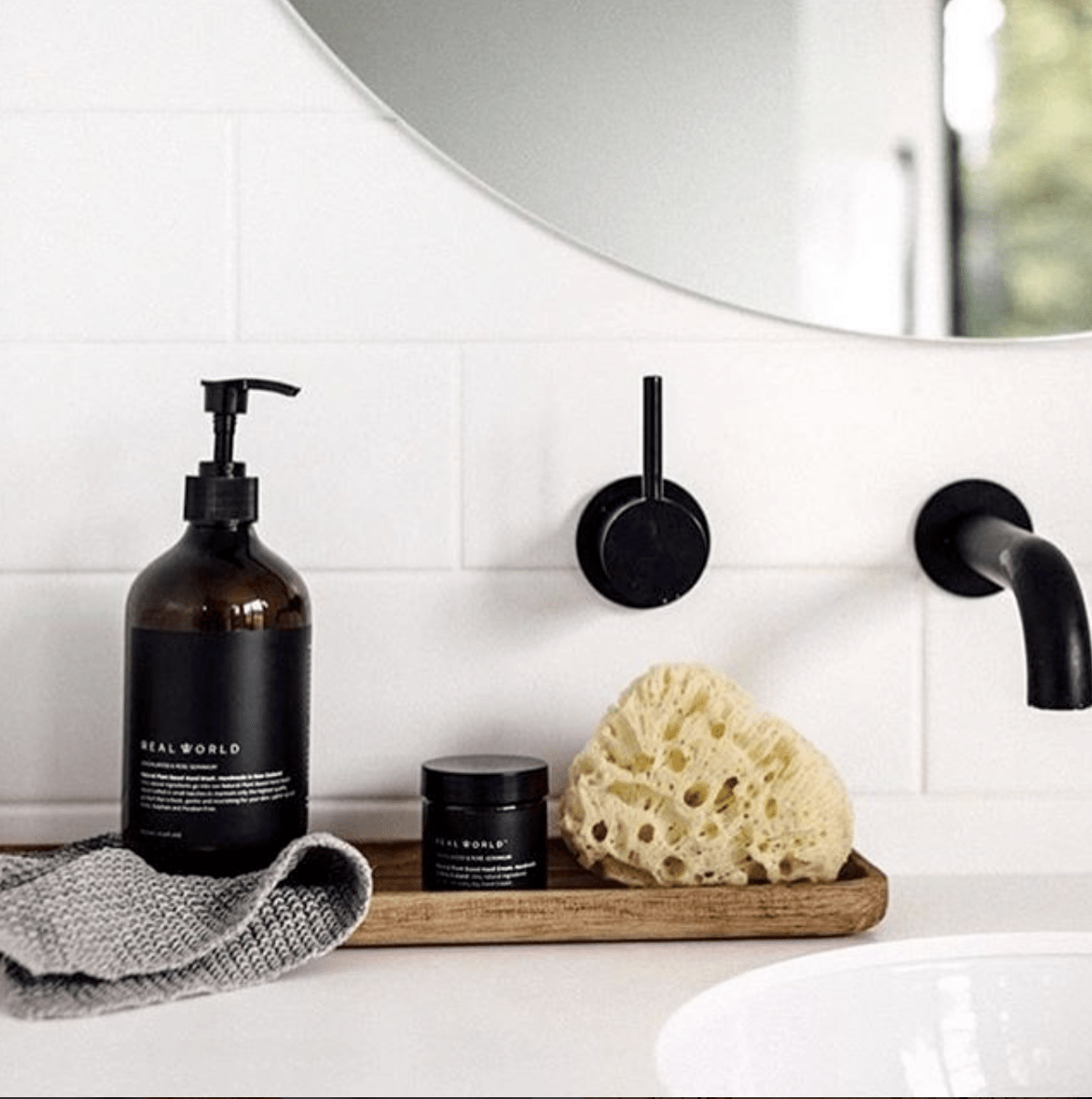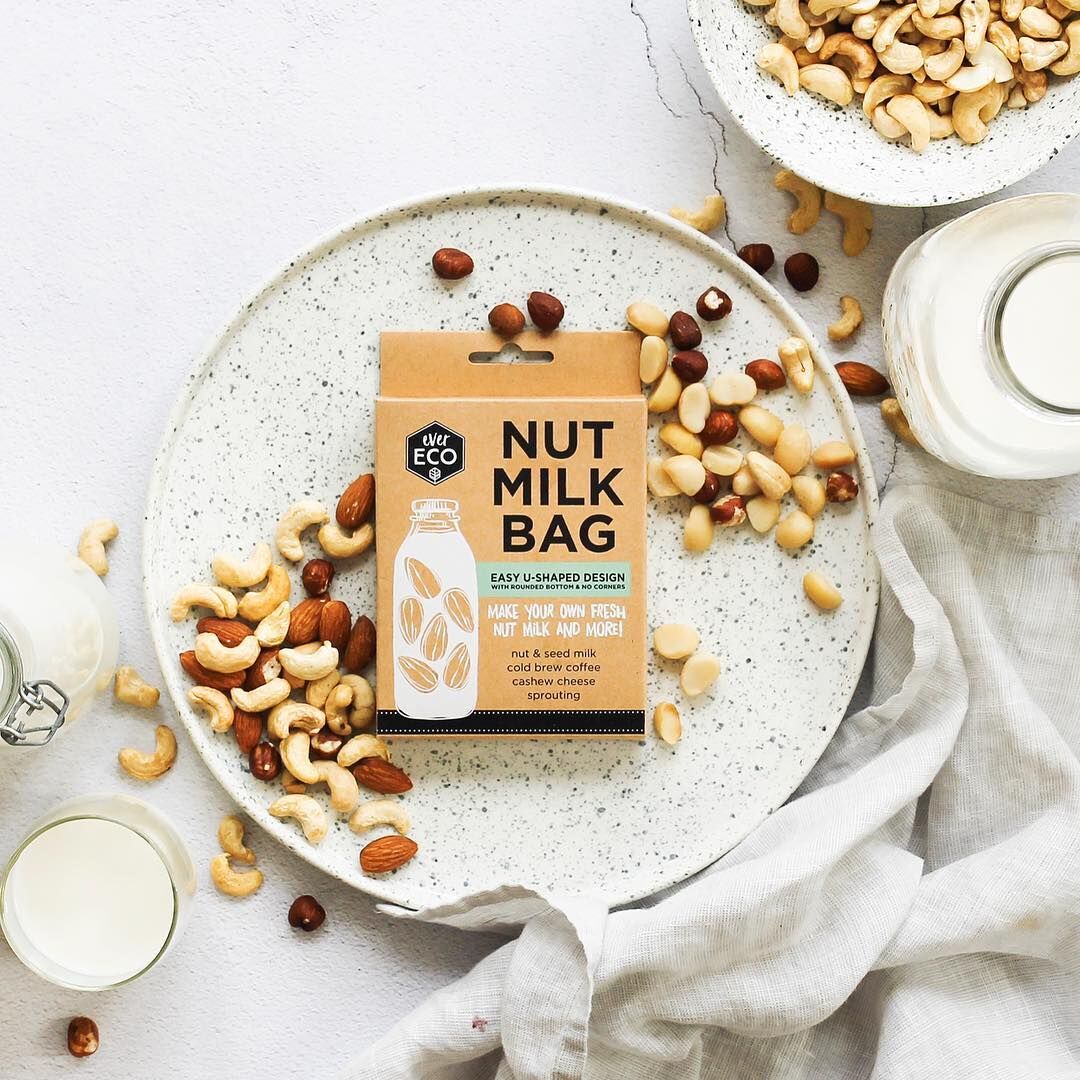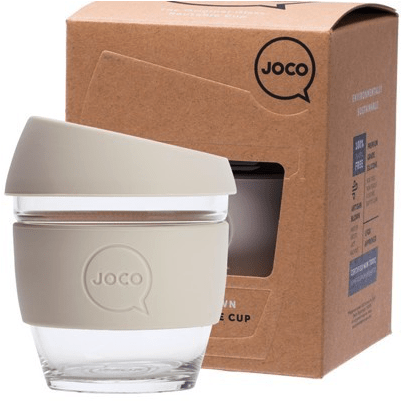Q. What do those numbers on the back or bottom of plastic products/packaging mean?
A. There is a lot of confusion(or lack of knowledge) around these plastic recycling codes. They’re not recycling symbols! They are in fact plastic or resin identification codes. The purpose of these codes is to advise people what type of plastic the item is made from and if it is recyclable.
*Note: As recycling varies slightly from location to location, we advise you to use the following information as a guide only and ask your local council if you have any specific questions.
Let’s get into it!
1️⃣ = PET (Polyethylene Terephthalate)
Number 1 plastics are easily and fully recyclable which means that they are accepted in most* curbside recycling progams. Previously, recycled PET was made into products, including carpet and polyester fabric. However, given our technology advancements and resources, recycling facilities now have the capacity to recycle PET plastics back into rPET packaging. This makes PET and rPET products preferable to most other plastic materials.
Common forms: water bottles, soft drink bottles, condiment bottles.
♻️2️⃣ = HDPE (High Density Polyethylene)
HDPE is a light but durable plastic and can be found to package many household products. Along with PET, this plastic is accepted in most* curbside recycling programs. However, soft plastic grocery bags cannot be recycled in the recycling bin as they get caught in the machinery and mix with other materials (e.g. paper).
Common forms: shampoo and conditioner bottles, juice bottles, plastic containers, water pipes, grocery bags.
♻️3️⃣ = PVC (Polyvinyl Chlorine)
Most people know what PVC looks like when they see it, but PVC can be difficult to recycle, not to mention a major health threat! PVC should never be sent to landfill and should always be mechanically recycled so that it can be reused. Some councils will not collect this plastic in curbside collection* – we advise you to contact your local council to find out the best way to dispose of it.
Common forms: bubble wrap, children’s toys, plastic tablecloths, plumbing pipes, vinyl flooring.
♻️4️⃣ = LDPE (Low Density Polyethylene)
LDPE is used to create most soft plastic products. Due to it being lightweight and (generally) single-use, it continues to receive a lot of public attention! It is not accepted in curbside recycling programs as it is difficult to sort from other materials. Most councils have dedicated collection points so contact your local council for the best recycling option.
Tip: Try and avoid using soft plastics by filling glass jars at your local supermarket that allows reusables and using Reusable Produce Bags.
Common forms: bread bags, bin liners, newspaper bags, produce bags, cling film, drycleaner covers.
♻️5️⃣ = PP (Polyethylene)
PP is growing in popularity due to its ability to be used in a wide variety of manufacturing techniques. Being a versatile, durable easily recyclable and increasingly common plastic, curbside collections for PP products are increasing. When these products (e.g. containers, bottle caps, etc.) are recycled properly, they can be turn into fibres.
Common forms: ice cream container lids, yogurt containers, bottle caps, straws, buckets, potato chip packets.
♻️6️⃣ = PS (Polystyrene)
PS, not to be mistaken with PP, can be difficult to recycle due to its lightweight nature and the fact that it is manufactured from petroleum. It’s often referred to by the brand name ‘Styrofoam’ and is often usen for food packaging and as a packaging material. PS breaks up into many small pieces, contaminates recyclable materials and is not accepted in curbside recycling for these reasons.
Common forms: packing peanuts, meat trays, foam cups, takeaway clamshell containers.
♻️7️⃣ = OTHER (miscellaneous plastics)
Number 7 plastics are the miscellaneous plastics of the recycling world. This means that there is no way to generalise this group and should NOT be placed in your recycling bin. Unfortunately, many recycling facilities do not want this material as there is nothing they can do with this plastic material and it could ruin a whole truckload of good recycling!
Common forms: nylon, sunglasses, CDs and DVDs, fiberglass, acrylics.
Shop Sustainable
-

Organic Cotton Netted Tote Bag
$14.29 Add to cart -

Ever Eco Recycled Mesh Produce Bags (8 pack)
$21.99 Add to cart -
 Sold Out
Sold OutEver Eco Organic Cotton Mixed Set Produce Bags (4 Pack)
$21.99 Read more -
 Sold Out
Sold OutBiotuff Dog Waste Bags Refills (4 pack)
$10.99 Read more -
 Sold Out
Sold Out4myearth Bread Bag (Denim Stripe)
$24.19 Read more -

4myearth Food Pocket (Denim Stripe)
$14.29 Add to cart

